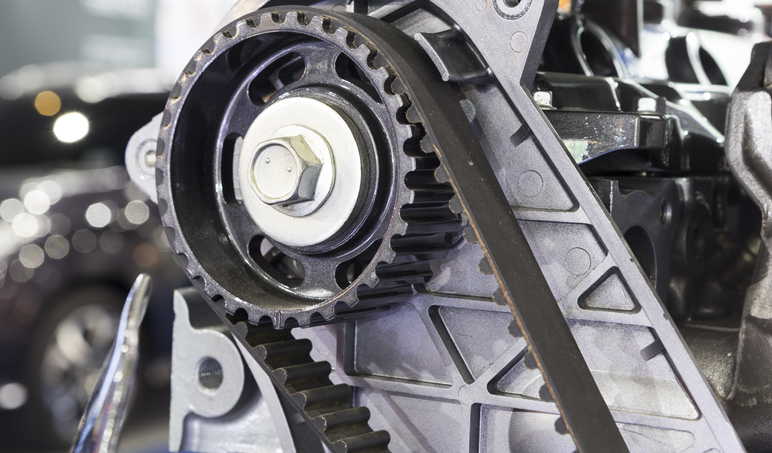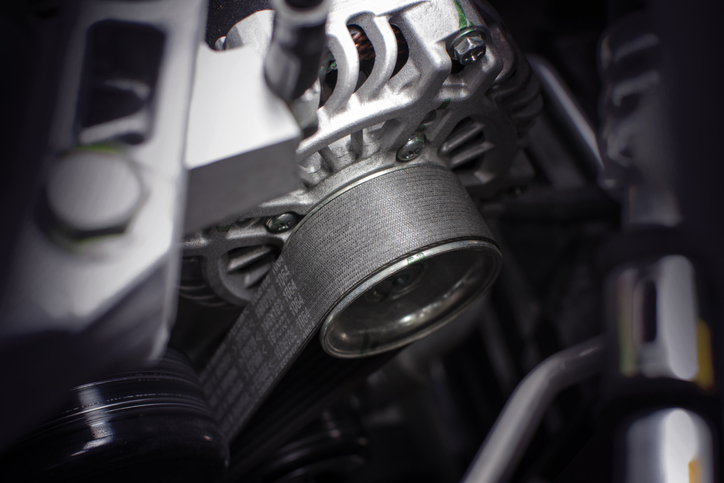Thinking About Car Mechanics Training? Here's How Timing Belts Work
Thinking About Car Mechanics Training? Here’s How Timing Belts Work

When it comes to cars, timing is everything — and a timing belt makes sure an engine is timed to perfection. A central part of any internal combustion engine, a timing belt helps to ensure the crankshaft and camshaft operate smoothly and turn in conjunction with one another. By doing this, the vehicle’s engine can run properly.
But what are the specifics of how these belts function, and why are they important? Here’s a rundown of how timing belts work.
When Did Timing Belts First Appear in Automobiles?
Although timing belts are extremely common components in most cars today, getting there took some time. Originally, crankshafts and camshafts had timing chains, which connected them together to keep them moving symmetrically.
This would change by the 1970s, as timing belts — introduced a decade earlier — began to increasingly replace chains for fuel economy and weight reasons. Timing belts are composed of rubber rather than metal, and are less costly than timing chains despite needing to be replaced more frequently. Additionally, timing belts can also take responsibility for other components of the vehicle such as the water pump, due in part to how close they are to one another.

How a Timing Belt Functions, Explained for Students in Car Mechanics Training
Any student doing car mechanics training should understand the role of a camshaft and crankshaft in a vehicle. The camshaft is in control of valves opening and closing, while the crankshaft is responsible for the movement of the pistons.
With a timing belt in the mix, the valves can more easily open and close to allow for combustion to happen within the engine, by using its notches and a pulley to ensure the two parts move in unison with each other. The valves open to bring fuel and air into the cylinders, before the mixture is compressed by the pistons.
Upon ignition, those pistons descend before travelling back upward to make exhaust gases disappear via the open valves. This cycle repeats itself while the car is in motion. The belt also has pressure placed upon it by a tensioner, as tension is required for them to function normally.

What Happens if a Timing Belt Malfunctions, and What to Do When it Does
It’s important for anyone in auto mechanic school to recognize the signs of a failing timing belt, and how to diagnose and repair them once that happens. Often, this can manifest itself by the car shutting down while in motion. This necessitates a belt change, as a sudden shutdown can be a symptom of a damaged engine.
Therefore, it’s important to recommend to clients that they regularly change their timing belt to avoid future mishaps, preferably at intervals of between about 96,500 to 160,000 km. This is especially pertinent if the timing belt has snapped altogether, as this can cause extreme — and quite expensive — damage to the engine. Other symptoms of a damaged belt in need of replacement can include cracking, wiring found under the hood, oil residue, stains, and shrieking noises.
Want to start your training for mechanics?
Contact CATI for more information!
